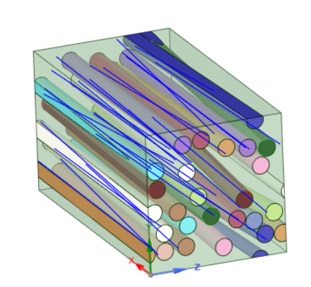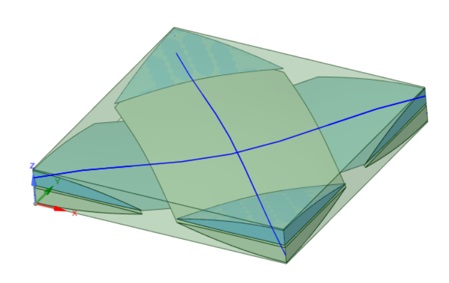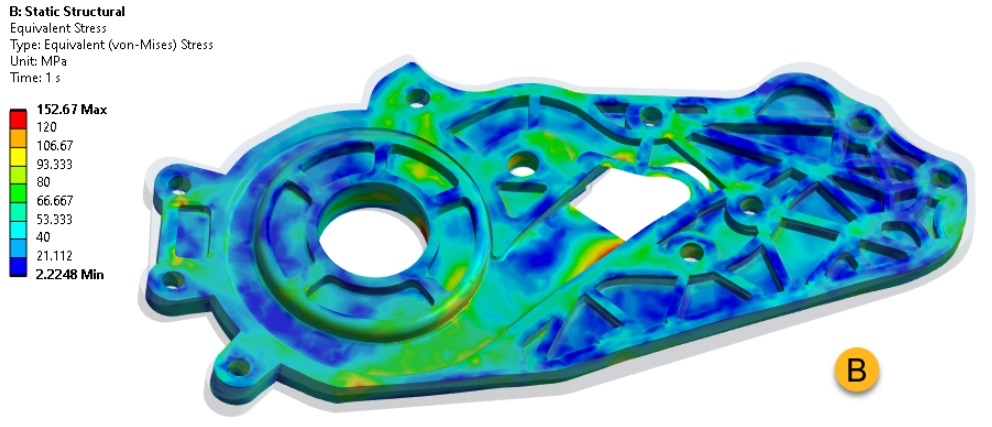Composite Structures Consulting Services
SimuTech Group’s FEA consulting engineers have extensive experience in not only using Ansys to set up, mesh, solve, and post-process composite applications, but also in working closely with our clients to improve and optimize those designs.
We have analyzed composite structures in many industries to predict deformation, stress, strain, first-ply failure, and progressive failure of the structure. Additional features we can include in the analysis are thermal dependent properties, fiber orientation optimization, short-fiber orientations imported from injection molding analysis, and explicit (crash and impact) simulations.








